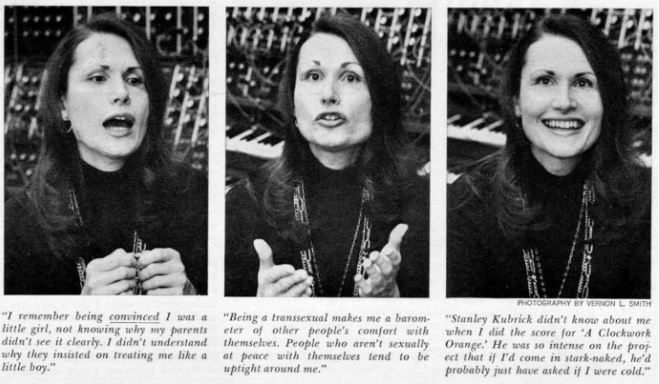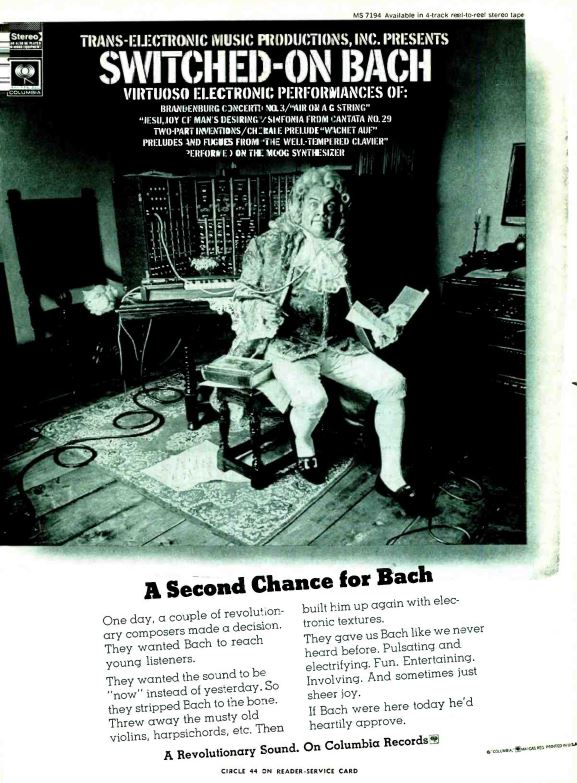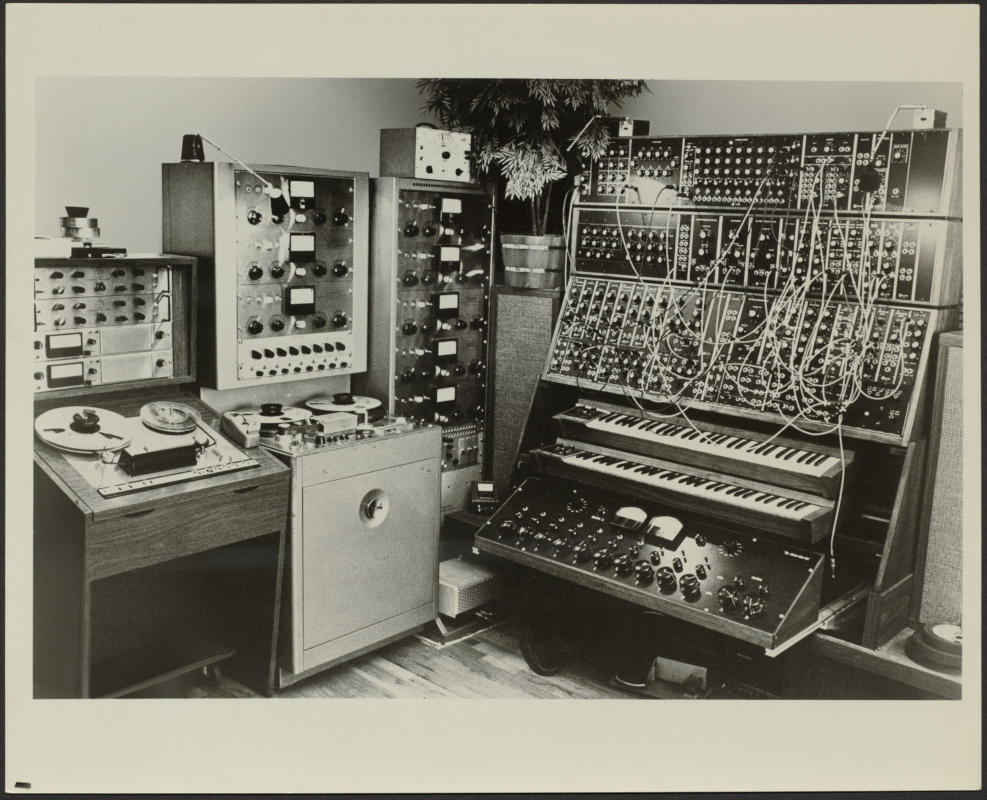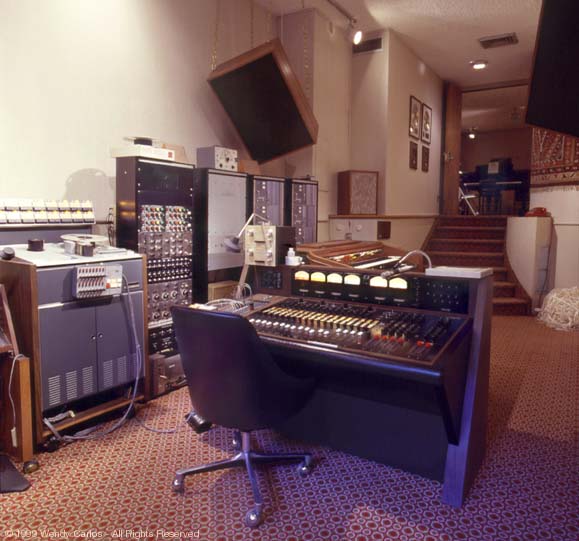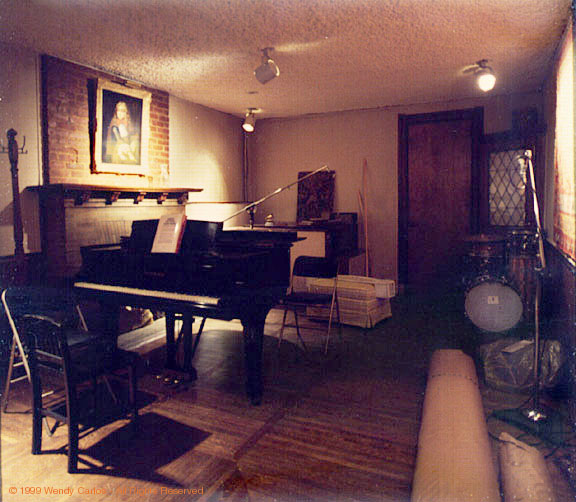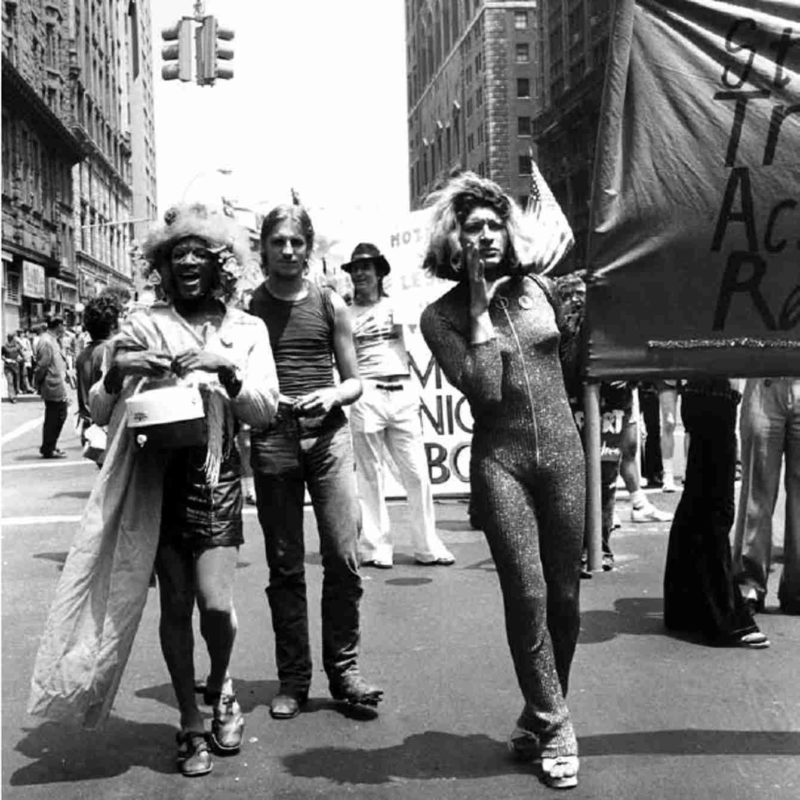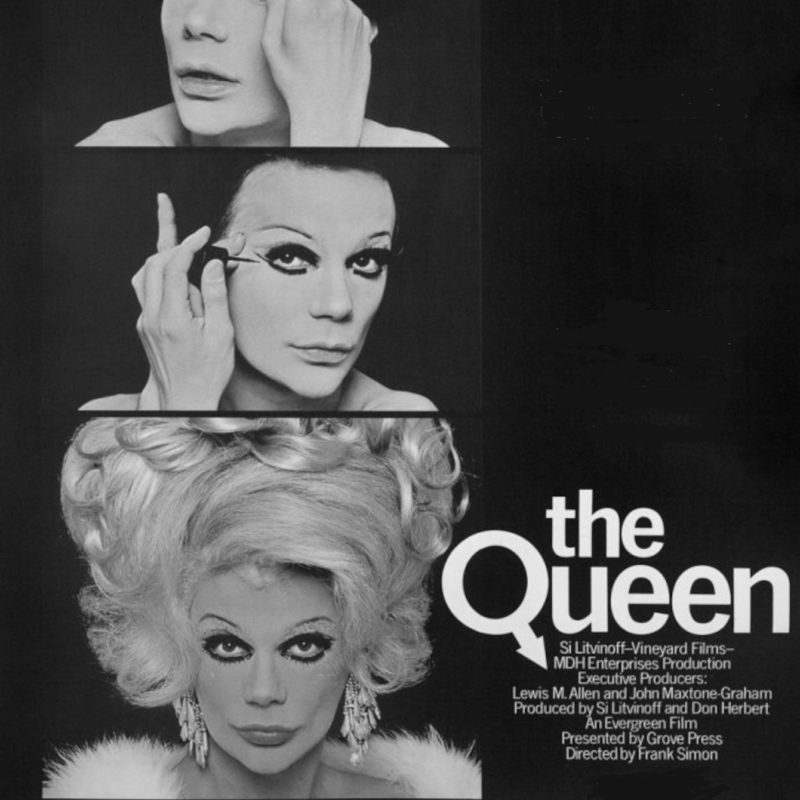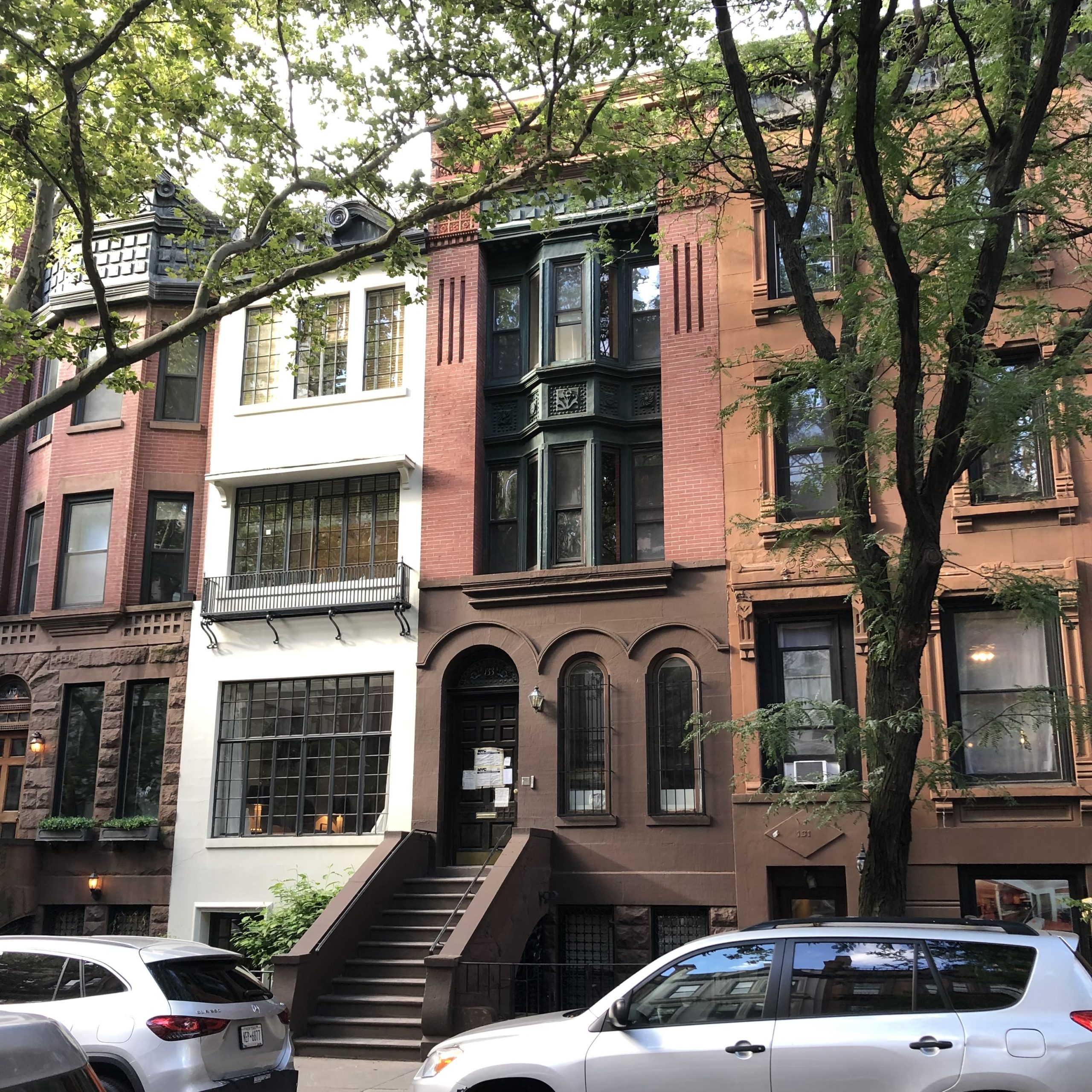
Wendy Carlos Residence & Production Studio
overview
Three-time Grammy winner and platinum-recording artist Wendy Carlos lived in this Upper West Side rowhouse from 1969 to 1980.
While here, Carlos composed the film scores for A Clockwork Orange and The Shining, pioneering the use of the vocoder and Moog synthesizer, and also became one of the first transgender people to speak openly about her transition.
History
While a graduate student at the Electronic Music Center at Columbia University, Wendy Carlos (b. 1939) met Robert Moog, an electrical engineer who had been developing a synthesizer, at the time a new instrument that created sounds using electricity. Carlos had many ideas about making electronic music more expressive, and became a collaborator and consultant on Moog’s project, recommending features and tools for his instrument.
The Moog synthesizer was released in 1964 and was vastly different from the room-sized equipment Carlos had been using at Columbia up until her graduation in 1965. The Moog was modular, with a small size that still allowed the user to create the same sounds as with the larger machines. Carlos used the Moog to record her debut album, Switched-On Bach (1968), a modern interpretation of Bach compositions, at her studio at 410 West End Avenue, where she lived from 1966 to 1969. Switched-On Bach became a sleeper hit, selling over one million copies and earning Carlos three Grammy Awards, legitimizing electronic instruments and proving that they were capable of creating popular music.
While living on West End Avenue, Carlos became a patient of Dr. Harry Benjamin, a leading provider of gender-affirming care for transgender individuals. Carlos experienced gender dysphoria as a child, but only while at Columbia did she learn that it could be treated. Carlos began counseling with Benjamin in 1967 and started living privately as a woman in 1969.
In 1969, Carlos moved to an Upper West Side rowhouse at 133 West 87th Street that was owned and occupied by her producer Rachel Elkind, who she met in 1967. At that time, the two came up with the idea to create an electronic version of Bach compositions. It was Elkind who leveraged her experience in the industry to help Carlos get a recording contract and create Switched-On Bach. The two co-habitated in the building and converted the basement into a production studio.
Carlos never made public appearances as a woman during this time, instead appearing with fake sideburns and a wig until her public coming out in an interview with Playboy in 1979. During these interim years she spoke of hiding from admirers like Stevie Wonder who would come to visit her at the studio, afraid that her transition would be poorly received.
I think I would feel happy if a reaction to this interview were a yawn. I mean, who cares? I’ve gone through a procedure. It’s done with. Just let me live my goddamn life and I will let you live yours.
In the Playboy interview, journalist Arthur Bell described Carlos’ basement studio as “perhaps the most elaborate and sophisticated electronic-music laboratory in the country.” The studio was split into two levels, the upper for capturing live performances and the lower for mixing. The studio contained her custom Moog synthesizers housed in modular walnut cabinets; 8-track and 16-track tape recorders, onto which she recorded each note from the synthesizer individually; as well as the more traditional Yamaha organ, Steinway piano, and drumset.
Here, Carlos recorded the film scores for A Clockwork Orange (1971) and The Shining (1980), as well as the albums Sonic Seasonings (1972), Switched-On Bach II (1973), By Request (1975), and Switched-On Brandenburgs (1980).
After Elkind moved to France with her husband in 1981, Carlos moved to a studio in a Greenwich Village loft with her new production partner Annemarie Franklin. Carlos continued to record music with her synthesizers, partially recording the film score for Tron (1982) at this studio, and more recently has remastered and re-released her old work, as well as consulted on music software.
Entry by Evan Tuten, project consultant (August 2022).
NOTE: Names above in bold indicate LGBT people.
Building Information
- Architect or Builder: Charles Guilleaume
- Year Built: 1884-87
Sources
Amanda Sewell, Wendy Carlos: A Biography (New York: Oxford University Press, 2020).
Arthur Bell, “Playboy Interview: Wendy/Walter Carlos,” Playboy Magazine, May 1, 1979.
Chuck Miller, “Wendy Carlos: In the Moog,” Goldmine Magazine, January 23, 2004.
Jeff Bond, “A Clockwork Composer: Wendy Carlos switches back on soundtracks and revisits her premiere score,” Film Score Monthly, March 1999.
Jude Rogers, “‘She made music jump into 3D’: Wendy Carlos, the reclusive synth genius,” The Guardian, November 11, 2020, bit.ly/3NrVMNo.
Louis Nieber, “Switched-On Bach” — Wendy Carlos (1968), National Recording Preservation Board, 2005, bit.ly/3uaONlf.
New York City Directories (1969-1980).
Robert Moog, “Wendy Carlos: New directions for a synthesizer pioneer,” Keyboard Magazine, November 1982.
Robert Sobel, “How ‘Switched-On Was Turned On,” Billboard Magazine, February 16, 1974.
Upper West Side/Central Park West Historic District Designation Report Volume III (New York: Landmarks Preservation Commission, 1990).
Wendy Carlos, Official Wendy Carlos Online Information Service (accessed June 27, 2022), www.wendycarlos.com.
Will Stephenson, “The Well-Tempered Synthesizer,” Harper’s Magazine, October 2020, bit.ly/3ys9sDZ.
Do you have more information about this site?
This project is enriched by your participation! Do you have your own images of this site? Or a story to share? Would you like to suggest a different historic site?
